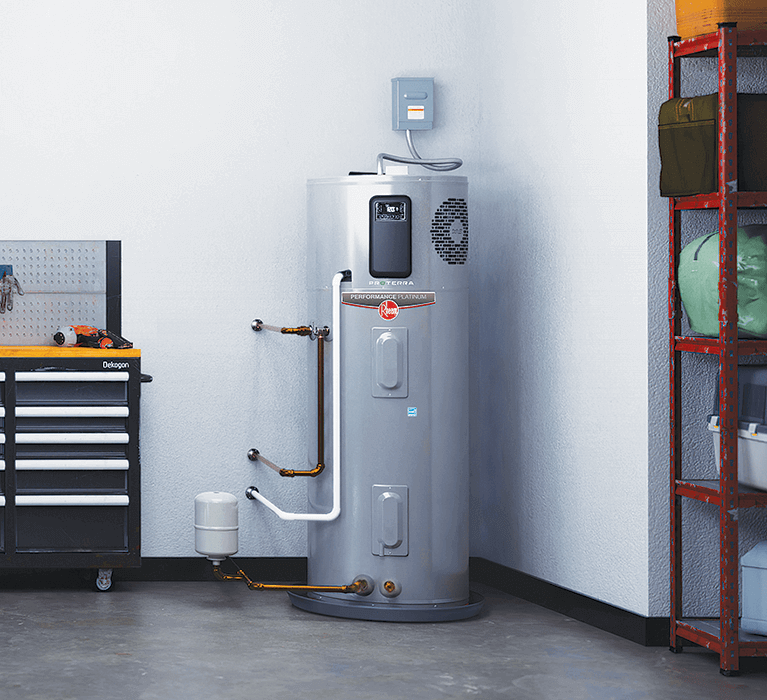Best Practices for Maintaining Your Home's Hot Water SystemWays to Extend the Life of Your Home's Hot Water System By Maintenance
Best Practices for Maintaining Your Home's Hot Water SystemWays to Extend the Life of Your Home's Hot Water System By Maintenance
Blog Article
This article underneath relating to Tips on Maintaining a Water Heater is absolutely fascinating. Don't miss out on it.

Hot water is crucial for everyday comfort, whether it's for a rejuvenating shower or washing dishes. To guarantee your hot water system runs efficiently and lasts much longer, regular maintenance is vital. This post offers sensible ideas and insights on just how to preserve your home's hot water system to stay clear of interruptions and expensive repairs.
Intro
Keeping your home's hot water system might appear complicated, however with a few straightforward actions, you can ensure it operates efficiently for several years to find. This guide covers every little thing from comprehending your hot water system to do it yourself upkeep suggestions and knowing when to call in specialist assistance.
Significance of Preserving Your Hot Water System
Regular upkeep not only expands the life expectancy of your hot water system but additionally guarantees it operates successfully. Overlooking maintenance can bring about decreased performance, greater energy costs, and even early failure of the system.
Signs Your Warm Water System Needs Upkeep
Understanding when your hot water system requires interest can prevent significant concerns. Watch out for signs such as irregular water temperature, weird noises from the heater, or rustic water.
Purging the Water Heater
Purging your hot water heater removes sediment build-up, improving effectiveness and lengthening its life.
Monitoring and Replacing Anode Rods
Anode poles prevent rust inside the container. Examining and changing them when worn is vital.
Complex Problems Requiring Expert Help
Examples consist of major leakages, electrical troubles, or if your water heater is constantly underperforming.
Routine Professional Upkeep Benefits
Expert upkeep can consist of extensive assessments, tune-ups, and ensuring compliance with security criteria.
Examining and Changing Temperature Level Settings
Changing the temperature level setups ensures ideal efficiency and safety.
DIY Tips for Upkeep
You can perform a number of upkeep tasks on your own to maintain your hot water system in leading condition.
Checking for Leakages
Frequently evaluate pipes and connections for leakages, as these can result in water damage and greater costs.
Comprehending Your Warm Water System
Prior to diving into upkeep jobs, it's useful to recognize the basic elements of your warm water system. Generally, this includes the water heater itself, pipelines, anode poles, and temperature level controls.
Month-to-month Upkeep Tasks
Regular regular monthly checks can assist capture small concerns prior to they escalate.
Testing Pressure Relief Valves
Evaluating the pressure relief valve ensures it works properly and avoids extreme pressure accumulation.
Protecting Pipelines
Shielding warm water pipelines decreases warm loss and can save energy.
When to Call a Professional
While DIY upkeep is valuable, some issues call for specialist know-how.
Verdict
Regular maintenance of your home's hot water system is important for efficiency, longevity, and cost financial savings. By adhering to these pointers and recognizing when to look for expert assistance, you can guarantee a reliable supply of warm water without unanticipated interruptions.
How to Maintain an Instant Hot Water Heater
Before tinkering with your hot water heater, make sure that it’s not powered on. You also have to turn off the main circuit breaker and shut off the main gas line to prevent accidents. Also turn off the water valves connected to your unit to prevent water from flowing into and out of the appliance. 2. When you’re done, you have to detach the purge valves’ caps. These look like the letter “T” and are situated on either side of the water valves. Doing so will release any pressure that has accumulated inside the valves while at the same time avoid hot water from shooting out and burning your skin. 3. When the purge valves’ caps are removed, you have to connect your hosing lines to the valves. Your unit should have come with three hoses but if it didn’t, you can purchase these things from any hardware or home repair shops. You can also get them from retail stores that sell water heating systems. Read the user’s manual and follow it to complete this task properly. When the hosing lines are connected, open the purge port’s valves. 4. You should never use harsh chemical cleaners or solutions when cleaning your unit. Make use of white vinegar instead. It should be undiluted and you’ll probably use about 2 gallons. 5. Now flush your water heater. This task should probably take about 40 minutes. We can’t give you specific directions for this because the procedure is carried out depending on the type, model and brand of your heater. With that being said, refer to the user’s manual. 6. When you’re done draining the unit, you have to turn off the purge port valves again. Remove the hosing lines that you earlier installed on each of the water valves. Put the valve caps (purge port) back in their respective places and be very careful so as not to damage the rubber discs that are found inside these caps. 7. Now that everything’s back in place, check your user’s manual again to find out how to reactivate your water heating system. 8. Once it is working, turn one of your hot water faucets on just to let air pass through the heater’s water supply pipes. Leave the tap on until water flows smoothly out of it. https://www.orrplumbing.com/blog/2014/september/how-to-maintain-an-instant-hot-water-heater/

Hopefully you enjoyed reading our topic on How to Maintain a Hot Water Heater in a Few Simple Steps. Thanks for taking time to read our piece. If you please take the opportunity to share this article if you appreciated it. Thanks a lot for your time. Revisit us soon.
Make An Appointment Report this page